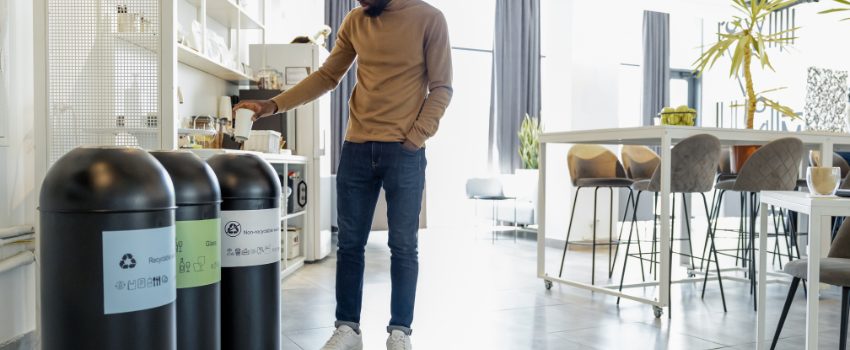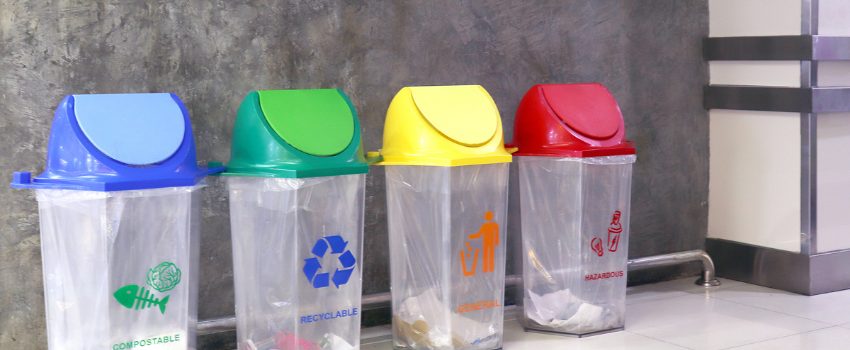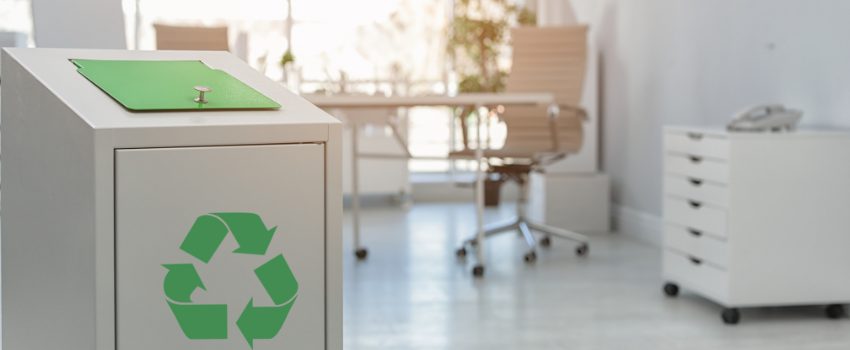How to Prepare for Simpler Recycling in the Workplace
The UK’s new Simpler Recycling regulations are coming into effect, and from 31st March, all businesses with over 10 employees must separate their waste, including food waste, for recycling. To help your workplace transition smoothly and stay compliant, we’ve put together this practical guide. Follow these steps to ensure you’re ready for the changes ahead!
Step 1: Walk Around & Identify Your Recycling Zones
A great place to start is by taking a walk around your workplace. Look at where your bins are currently positioned and identify any areas where additional bins may be needed. Consider these key questions:
✅ Are there enough recycling bins in front-of-house i.e. the office, back of house i.e. large kitchen area (if applicable) and off site bins for decanting the rubbish into and where your waste carrier will collect it from?
✅ Where will you place new food waste bins to ensure compliance with the regulations?
✅ Do you currently have clear signage to highlight what waste goes into which bin?
✅ Do you need to reposition existing bins to make recycling more convenient?
By conducting this assessment, you can create a logical waste disposal system that is easy for staff and customers to follow.
Additionally, consider the volume of waste produced in different areas of the workplace. High-traffic areas, such as break rooms, reception areas, and kitchens, may require more recycling bins or frequent emptying to prevent overflow. Labeling bins clearly with symbols and colors will make it easier for everyone to dispose of their waste correctly.
Step 2: Plan Waste Transport to the Back of House
Once you’ve optimised bin placement in public-facing areas, think about how waste will be transported to the back of house. Efficient waste movement is key to keeping things tidy and ensuring compliance.
✅ Use trolleys or designated bins on wheels to make transport easier.
✅ Schedule regular clear-outs so bins don’t overflow.
✅ Train staff on the new waste handling process so everyone knows how different waste streams should be managed.
A well-planned transport system will help avoid contamination of recyclable materials and ensure waste is handled efficiently. Assigning staff responsibilities for emptying bins and monitoring recycling compliance can also streamline the process. Having a structured approach to waste management will not only improve efficiency but also enhance workplace cleanliness and hygiene.
Step 3: Update Your Waste Collection Services
With new recycling rules in place, you may need to update your waste collection service to include any new waste streams. Contact your provider and ask:
✅ Do they offer separate collections for food waste, plastics, paper, and glass?
✅ Can they adjust collection schedules to accommodate your new needs?
✅ Are there any cost-effective options for managing your increased recycling needs?
✅ Do they provide waste certificates of destruction to track general waste and recycling tonnage?
If your current waste provider does not offer the services required under the new regulations, consider switching to a more suitable provider. Many waste management companies offer tailored solutions for businesses transitioning to stricter recycling rules. Keeping accurate records of waste disposal can also help demonstrate compliance during inspections.
In addition, explore ways to reduce waste production. For example, implementing reusable packaging solutions or switching to suppliers with sustainable practices can help minimise waste before it even reaches your bins. Encourage staff to try not to bring in single use packaging where possible.
Step 4: Educate & Engage Your Team
A successful recycling system only works if everyone is on board. Make sure your team understands the new rules and their role in keeping the workplace compliant, and ensure you communicate this to all your employees.
✅ Hold a quick training session to explain the changes.
✅ Use clear signage on bins to indicate what goes where.
✅ Encourage participation by setting recycling goals or offering incentives for compliance.
✅ Designate a recycling champion to oversee and promote good practices.
Training should be interactive and practical, using real-life scenarios to demonstrate proper waste disposal. Consider using posters, newsletters, or digital reminders to reinforce recycling guidelines over time. Encouraging employee feedback and suggestions can also improve engagement and create a more effective system.
Some businesses have successfully implemented gamification techniques, such as friendly competitions between departments, to boost recycling participation. Recognising employees for their recycling efforts through incentives or shout-outs can also create a positive and proactive workplace culture.
Step 5: Monitor and Adjust Your Recycling Strategy
After implementing your new recycling system, take time to review its effectiveness. Regularly monitoring waste disposal practices will help you identify any gaps and areas for improvement.
✅ Conduct spot checks to ensure waste is being separated correctly.
✅ Gather feedback from employees about any challenges they encounter.
✅ Adjust bin placements or signage based on practical observations.
✅ Track recycling data to measure progress and set future goals.
Using waste audits and analytics can help refine your approach over time. Identifying common mistakes and providing corrective guidance will help reinforce proper recycling habits. By continuously improving your system, you can maximise compliance and minimise waste contamination.
Final Thoughts: Be Ready for 31st March!
The new Simpler Recycling rules are designed to make waste management more efficient and environmentally friendly. By preparing now, you’ll be in a strong position to comply with the regulations while making recycling easier for your staff and customers.
Take action today! Walk through your workplace, plan your waste flow, and update your waste collection services to ensure a seamless transition.
Need further advice? Contact your waste provider or check government guidance for more details.
Let’s make recycling simpler, smarter, and more sustainable for everyone! ♻️

